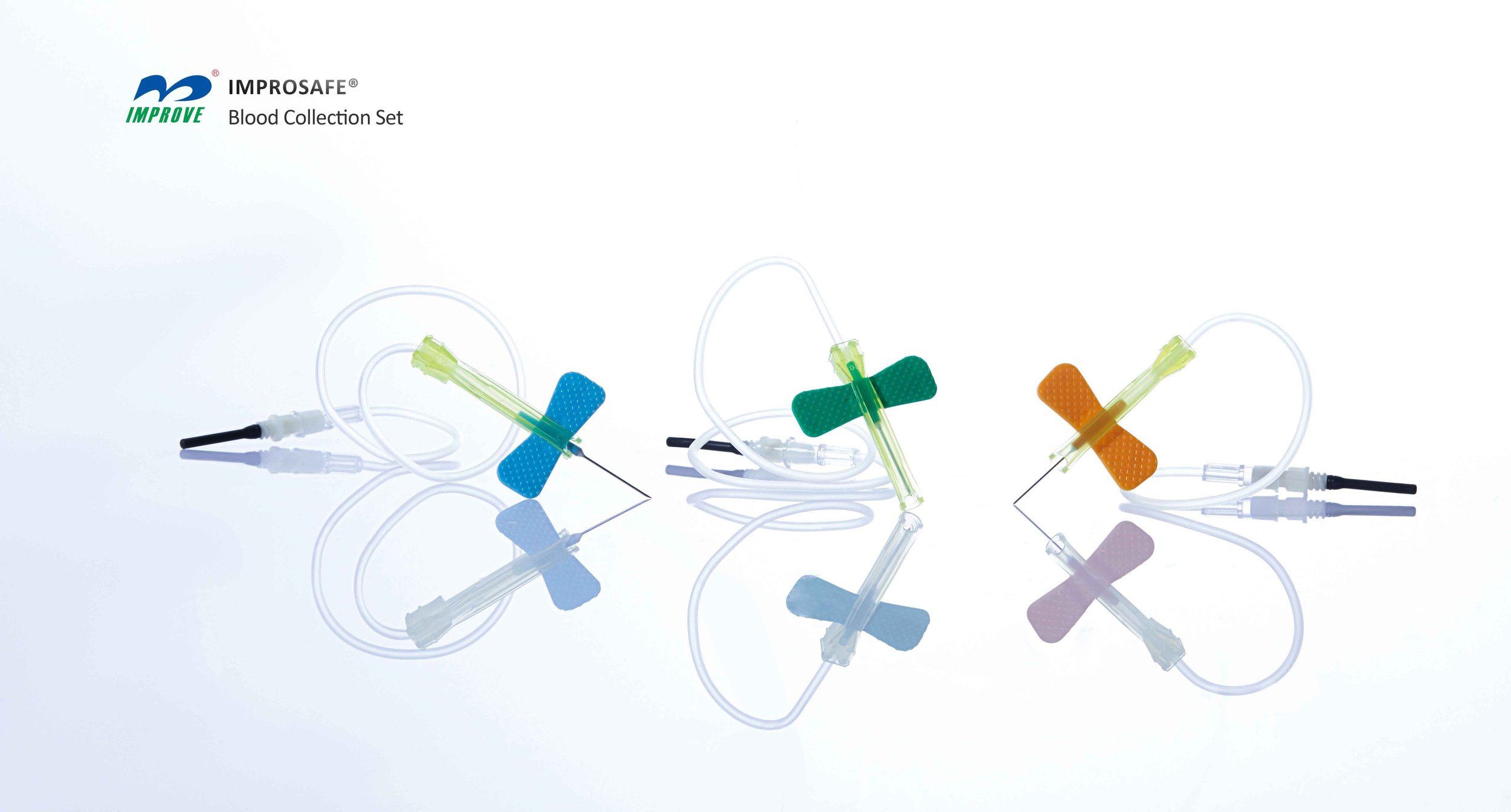Key Regulations and Best Practices for Importing Medical Supplies: Ensuring Compliance and Quality Patient Care
Summary
- Understanding the Regulations and best practices for importing medical supplies for a lab or phlebotomy practice in the United States is crucial for ensuring compliance and quality patient care.
- Importing medical supplies involves adhering to various laws, Regulations, and guidelines set forth by government agencies such as the FDA and CDC.
- Best practices for importing medical supplies include thorough research, proper documentation, and working with reputable suppliers to ensure the quality and safety of the products.
Introduction
Medical labs and phlebotomy practices in the United States rely on a wide range of medical supplies to perform tests, diagnose illnesses, and provide quality patient care. While some supplies may be sourced domestically, many labs and practices also rely on importing medical supplies from other countries to meet their needs. However, importing medical supplies comes with its own set of Regulations and best practices that must be followed to ensure compliance and the quality of the products being used.
Regulations for Importing Medical Supplies
Importing medical supplies for a lab or phlebotomy practice in the United States is subject to a variety of Regulations set forth by government agencies such as the Food and Drug Administration (FDA) and the Centers for Disease Control and Prevention (CDC). These Regulations are in place to protect patient safety, ensure the quality of medical supplies, and prevent the spread of Infectious Diseases. Some key Regulations to be aware of when importing medical supplies include:
Food and Drug Administration (FDA) Regulations
- Medical Device Reporting (MDR) requirements: Medical devices imported into the United States must comply with MDR requirements, which ensure that any adverse events related to the use of the device are reported to the FDA.
- Quality System Regulation (QSR) requirements: Medical devices must also comply with QSR requirements, which outline the Quality Control measures that must be in place to ensure the safety and effectiveness of the device.
- Registration and Listing requirements: Importers of medical devices must register with the FDA and provide a list of the devices being imported to ensure compliance with Regulations.
Centers for Disease Control and Prevention (CDC) Regulations
- Import Permit requirements: The CDC requires that certain items, such as biological materials or infectious substances, be accompanied by an import permit to prevent the spread of Infectious Diseases.
- Importation Screening requirements: The CDC may require screening of imported items, such as medical specimens, to ensure they do not pose a risk to public health.
Best Practices for Importing Medical Supplies
In addition to adhering to Regulations, there are also best practices that labs and phlebotomy practices should follow when importing medical supplies to ensure the quality and safety of the products. Some key best practices include:
Thorough Research
- Research potential suppliers: Conduct thorough research on potential suppliers to ensure they are reputable and compliant with Regulations.
- Verify product quality: Verify the quality of the medical supplies being imported, including checking for proper labeling and documentation.
Proper Documentation
- Keep accurate records: Maintain accurate records of all imported medical supplies, including invoices, shipping documents, and compliance certificates.
- Stay informed: Stay informed about changes in Regulations and guidelines related to importing medical supplies to ensure ongoing compliance.
Work with Reputable Suppliers
- Establish relationships: Establish relationships with reputable suppliers who have a track record of providing high-quality medical supplies.
- Communicate effectively: Communicate effectively with suppliers to ensure clear expectations and requirements are met throughout the importing process.
Conclusion
Importing medical supplies for a lab or phlebotomy practice in the United States requires a thorough understanding of Regulations and best practices to ensure compliance and quality patient care. By following Regulations set forth by government agencies such as the FDA and CDC, and implementing best practices such as thorough research, proper documentation, and working with reputable suppliers, labs and practices can import medical supplies safely and effectively.

Disclaimer: The content provided on this blog is for informational purposes only, reflecting the personal opinions and insights of the author(s) on the topics. The information provided should not be used for diagnosing or treating a health problem or disease, and those seeking personal medical advice should consult with a licensed physician. Always seek the advice of your doctor or other qualified health provider regarding a medical condition. Never disregard professional medical advice or delay in seeking it because of something you have read on this website. If you think you may have a medical emergency, call 911 or go to the nearest emergency room immediately. No physician-patient relationship is created by this web site or its use. No contributors to this web site make any representations, express or implied, with respect to the information provided herein or to its use. While we strive to share accurate and up-to-date information, we cannot guarantee the completeness, reliability, or accuracy of the content. The blog may also include links to external websites and resources for the convenience of our readers. Please note that linking to other sites does not imply endorsement of their content, practices, or services by us. Readers should use their discretion and judgment while exploring any external links and resources mentioned on this blog.
